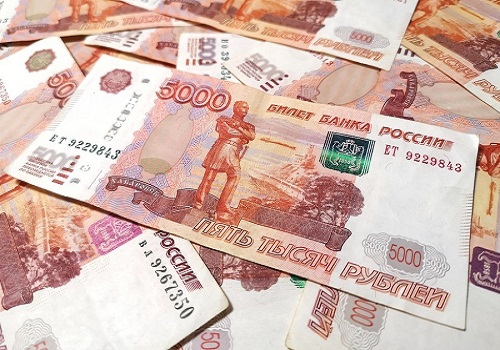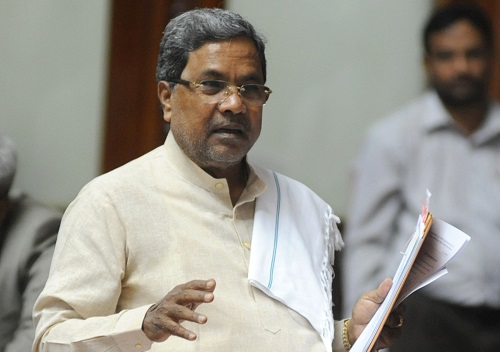Corporate tax buoyancy lowest in five decades

Follow us Now on Telegram ! Get daily 10 - 12 important updates on Business, Finance and Investment. Join our Telegram Channel
An estimation of decadal tax buoyancy (total tax revenue and other individual tax revenues) using double log model reveals that tax buoyancy of total tax revenue and income tax and corporation tax has declined in the current decade (2010-11 to 2019-20) compared to the last decade (2000-01 to 2009-10), the SBI said in a research report.
The most critical situation is regarding the corporation tax buoyancy and income tax buoyancy which is the lowest in five decades and three decades, respectively.
Thus, the decline in tax revenue in the current decade is more to do with corporate tax shortfall rather than others and this result is indeed an eye-opener, the report said.
Against this background with corporate taxes now picking up significantly, it is likely that tax buoyancy will be overachieved. For FY23, as per the budget estimates the tax buoyancy is expected to be 0.9. The largest buoyancy is projected for income tax (at 1.24) followed by corporation tax and customs.
The tax buoyancy (based on gross tax revenues) for FY23 is reasonably estimated at 0.9 as nominal GDP growth is projected by 11.1 per cent while gross tax revenues are projected to grow by 10.7 per cent. For FY22 (RE) the tax buoyancy is estimated at 1.4.
The Centre's gross tax revenue for FY22 has been revised upwards to Rs 25.6 lakh crore (24.1 per cent increase over FY21), which is Rs 3 lakh crore more over the Budget estimate for FY22. All the heads under gross tax revenue have seen an upward revision from the Budget estimates of FY22 as the economy recovered following the slowdown due to Covid-19.
The report said it also estimated the long-run and short-run buoyancy for a 50-year period (1970-2020) based on ARDL model. It found that the long-run and short-run buoyancy of total tax revenue are 1.01 and 0.98, respectively. The speed of adjustment, which is generally negative, measures the speed of adjustment towards the long-run equilibrium. The speed of adjustment for the total tax revenue is came out at -- 0.33, i.e., adjustment towards its long-term buoyancy is quite moderate.












 320-x-100_uti_gold.jpg" alt="Advertisement">
320-x-100_uti_gold.jpg" alt="Advertisement">












